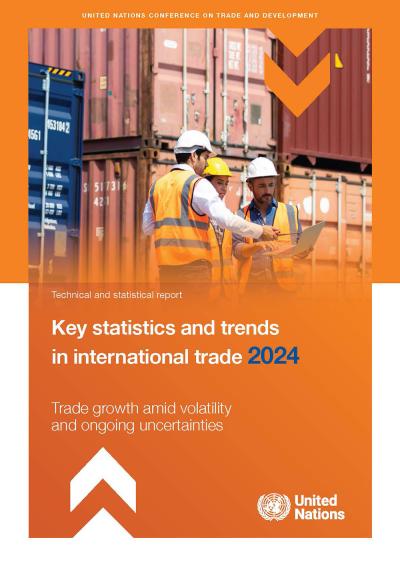
As of 2024, global trade in goods and services combined is estimated to have reached approximately US$ 33 trillion. Goods (merchandise) trade accounts for about US$ 25 trillion — roughly three quarters of the total — while services contribute the remaining US$ 8 trillion, or about one-quarter.
This difference highlights the continued prominence of goods trade in shaping the overall patterns of international commerce, even as services play an increasingly important role in the global economy.
Over the past 15 years, the trajectory of global trade in goods has been marked by increasing volatility. Fragmentation and heterogeneity have characterized global trade patterns since the onset of the COVID-19 pandemic. Geopolitical tensions, the resurgence of industrial policies, and uncertainty in trade regulations are reshaping international trade patterns and global value chains.
As the trade policy environment remains uncertain, the persistence of these factors suggest that global trade patterns are undergoing significant changes, potentially ushering in a new era with distinct challenges for economies worldwide. Close monitoring of these developments is crucial to understanding their implications for developing countries.
This report is organized into four sections.
- Section 1 provides an overview of global trends influencing international trade since 2010, with a focus on key developments and shifts in recent years, including preliminary data for 2024.
- Section 2 presents detailed statistics comparing trade dynamics between developing and developed countries, alongside an analysis of South-South trade and intra-regional trade flows.
- Section 3 examines sectoral trade patterns, offering insights into the current state and evolution of global trade networks.
- Section 4 includes maps visualizing key trade indicators, providing insights into trade patterns and performance at the country level.
Sections 2, 3, and 4 are based on official statistics for 2023 and changes observed since 2018.


